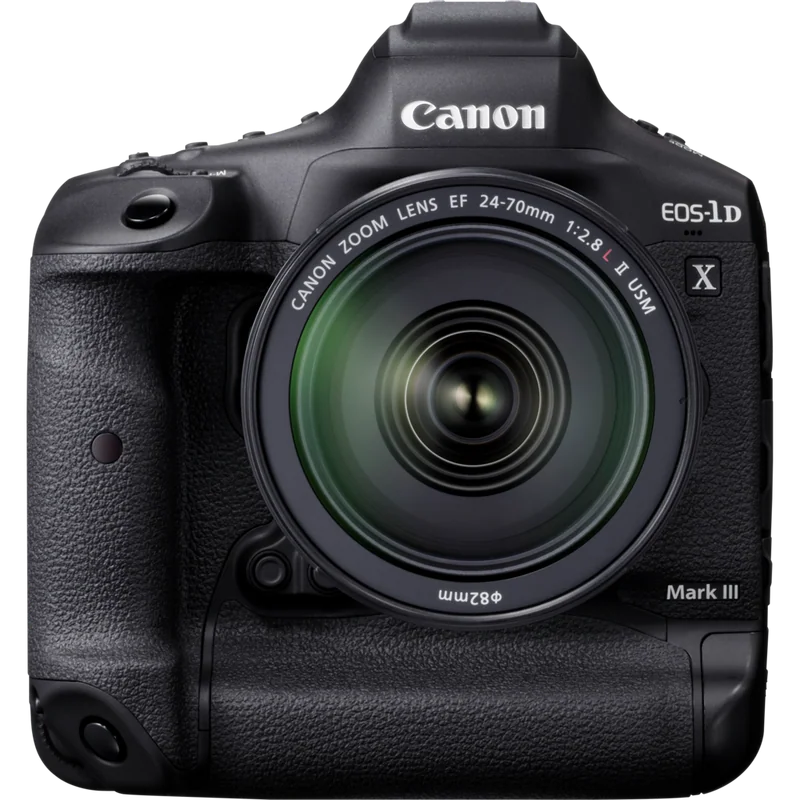Although many mirrorless cameras include USB Power Delivery (USB PD) capabilities, enabling them to be charged over USB, often USB-C, this is not true of many DSLR camera bodies. Even relatively new, flagship DSLR cameras, like the Nikon D6 released in 2020, cannot be charged over USB. Sure, the D6 moved from microUSB to USB-C, an excellent switch for accessories and file transferring, but the camera’s batteries must be charged in a dedicated external charger.
Hogan instead wonders if camera companies may ultimately use the EU’s charger directive as a reason to finally ditch DSLR camera technology in their entirety, except Pentax, of course, who not only has cameras that can charge over USB-C but remains a stalwart supporter of DSLR camera technology.
Another alternative outcome is that companies drop all but compliant camera models in the European Union and continue business as usual elsewhere. Hogan notes that the Nikon D780, for example, can charge internally via USB-C, so DSLR cameras may survive in the European Union in a limited fashion.
Jeremy Gray
With Europe accounting for 20-25% of shipments recently, the EU requirements may just be enough to trigger the camera companies towards retiring the mirror slappers, as the volume of DSLR shipments is now running at about a tenth that of mirrorless, Hogan writes.
Interesting hypothesis! I didn’t stop to think that photo and video cameras would fall under the same interoperable charging regulation that compelled Apple into switching to USB-C for its iPhones. From a business standpoint it makes a lot of sense to retire DSLR cameras around this deadline: for most manufacturers the migration to mirrorless, already compliant with this regulation, is well underway – Canon for example hinted back in 2020 that it stopped developing new EF lenses, an obvious indication that its legacy DSLR system is on life support. And I doubt any of these companies want or can afford retrofitting existing DSLR cameras with USB-C charging or maintaining manufacturing capacity for a system already in decline. Even Apple chose to upgrade the entire iPhone lineup to USB-C instead of releasing a dedicated model for the EU market.

The only issue I would see is the lack of equivalent flagships on the mirrorless side when the top DSLR models eventually get retired. This could anger high-end photographers, who generate the most profits on a per-capita basis at least, and push them to consider competitors. I’m not an expert on the high-end side of the range, but at least for Canon the R3 and the EOS-1D X Mark III look pretty similar spec-wise, and the R3 has additional advantages such as IBIS and improved focusing. A year is also plenty of time to introduce the much-rumored and anticipated ‘flagship of flagships’ EOS R1. But even this potential loss of prime customers becomes less of a problem if most manufacturers discontinue DSLRs at roughly the same time because of outside regulations.
Post a Comment